How to grow Acer palmatum
A broad-ranging species with each variety having specific assets or desirable features. Those we have available are small trees which grow to a maximum height of 8.0m and maximum spread of 6.0m (some are smaller so check each species name separately too). Also known as Japanese Maple – these decorative trees should not be pruned and are renowned for their beautiful autumn foliage. They may suffer from wind burn so are best located in a sheltered position which enjoys part sun/part shade and will take around 15 years to reach maturity. Hardy to -20°c they should be sited in moist but well-drained soil and can be propagated by semi-ripe cuttings. Many varieties will flower in summer for added interest.
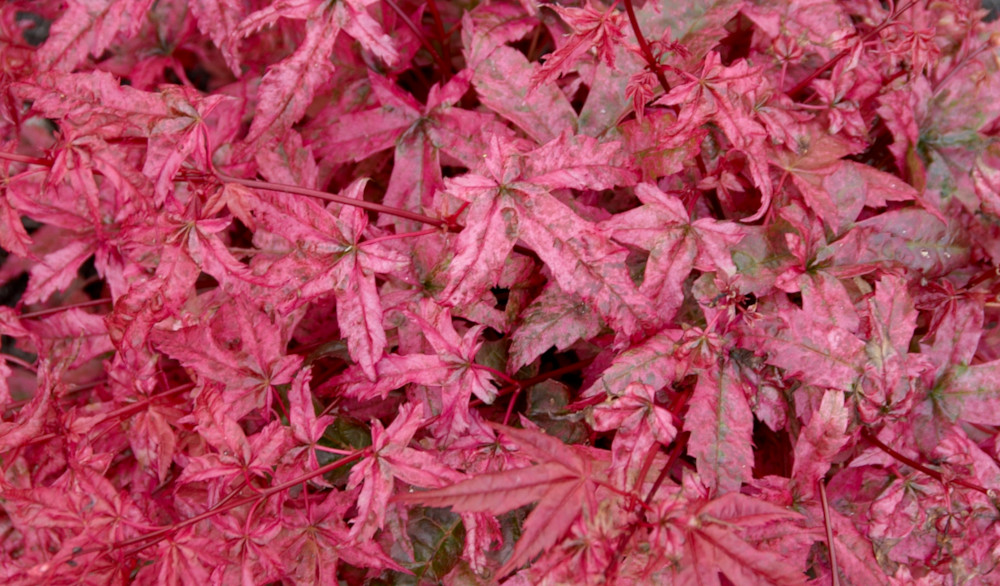
Key Information
Soil pH
Position
Hardiness

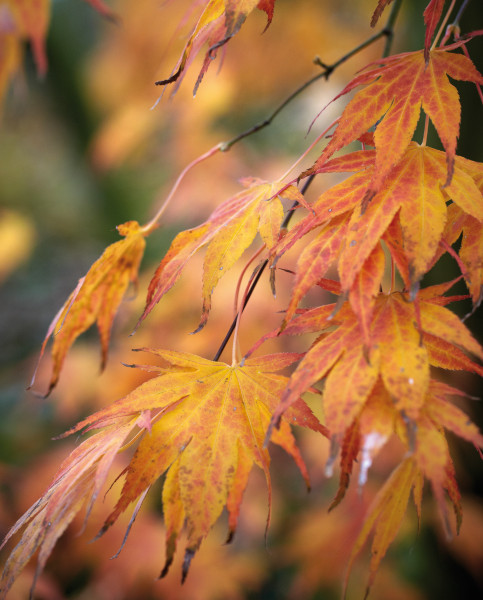
Where & when to plant Acer palmatum
Japanese maples make a great feature in the garden with their attractive foliage in a range of shapes and glorious colours, from burgundy and pink, to vibrant green. Leaves glow in dappled sunlight and their hues transform before falling in autumn. Some varieties require more sunshine in order to intensify their colour, so although we recommend light shade as the best position, do check your variety before choosing a final planting spot.
Winter is the best time for planting Japanese maples - late October to March, before the leaves emerge in spring.
The planting site should be in a sheltered location away from strong winds which can burn the leaves, particularly those of variegated cultivars. Allow plenty of space for a larger Acer palmatum to reach its maximum height and spread. The roots of Japanese maples spread quite widely underground and do not like to compete with other plants, so bear this in mind and plant slightly away from other large shrubs.
Smaller varieties such as Phoenix are perfect for a large pot or small garden, as they will reach a height and spread of just 2m.
All soil types which are well-drained and rich in organic matter suit Japanese maples, but they will really thrive in soil which has an acidic pH level.
How to plant Acer palmatum
Prepare the planting site first by removing any grass or weeds within at least twice the surface area of the pot circumference. Dig a hole slightly deeper and wider than the depth of your potted tree. Loosen the soil in the base of the planting hole and add a layer of grit if you garden on heavy clay or your ground is prone to waterlogging.
Mix a shovel or two full of organic matter such as homemade compost or leaf-mould into the base of the hole. It is a good idea to add some ericaceous compost at this time, particularly if you know your soil to be alkaline as this will add some acidity to the ground.
Remove your young tree from its pot, gently loosen the roots, and place in the planting hole with the roots almost level with the top of the soil – Japanese maples like their roots to stay quite shallow in the soil.
Add some soil around the edges and firm into place gently with your foot. Water your tree in well afterwards, and regularly for a few weeks until established, especially if the weather is dry.
If you are planting your Acer palmatum in a pot, use a soil or loam-based compost with added grit or sand for drainage.
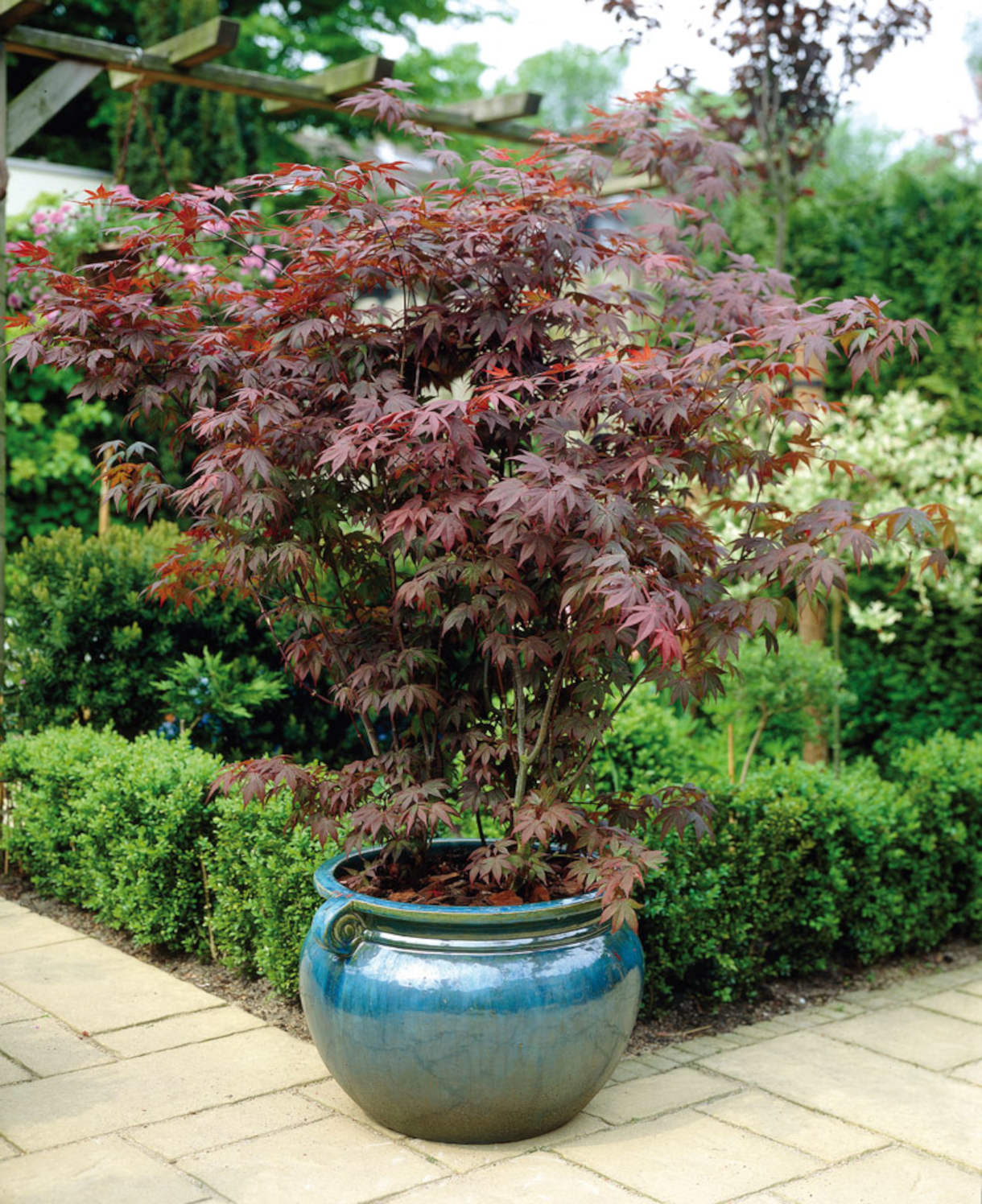
What to plant with Acer palmatum
A Japanese maple tree makes a striking feature as an accent in the garden border or showpiece for a large pot.
If you have space to plant several varieties together in a group in open ground, the autumn show you will be provided with each year will be breath-taking, colours blazing like little else at that time.
Japanese maples form the backbone of an Oriental Garden planting scheme and look fabulous planted near water where their colours will be reflected on a bright day. Shade lovers such as Ferns, Hostas, Mosses, Candelabra primulas, Epimediums, and Bamboo will all add to the look and thrive in similar moist and shady conditions.
Other plants which do well in acid soil include Rhododendrons, Azaleas, Pieris, Heathers, and Camellia and will provide colour at different times of the year.
Please contact our friendly and knowledgeable Customer Care Team at Hayloft if you would like any further advice for planting and caring for your Japanese maple – we will be more than happy to help you.
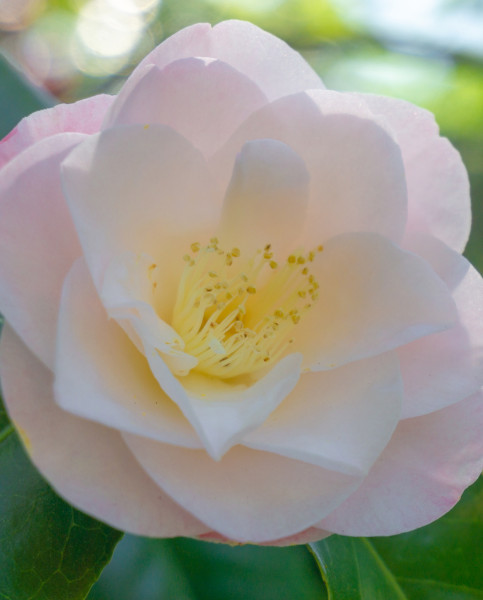
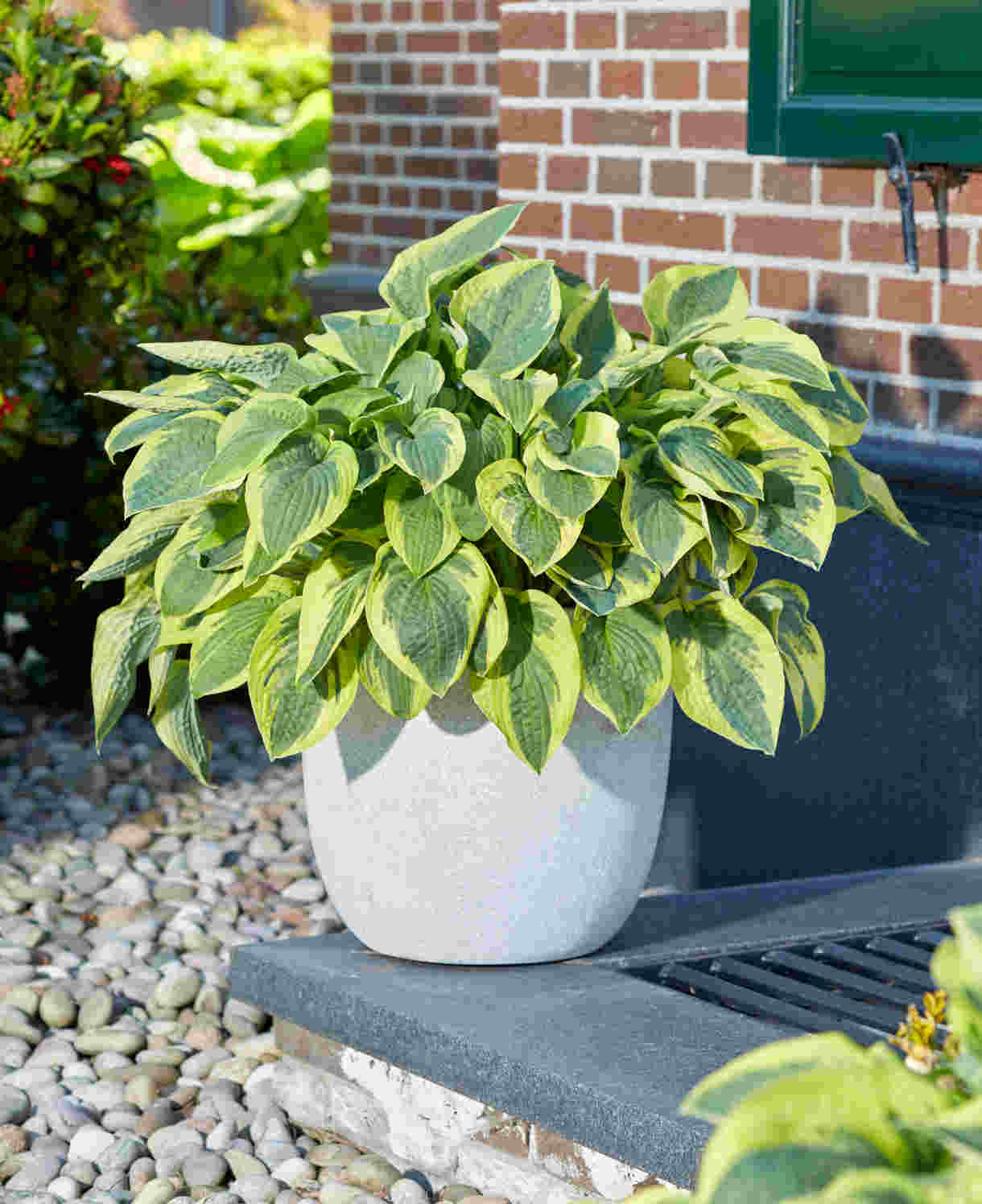

How to care for Acer palmatum
If you have planted your Japanese maple in an open space, you may need to add a tree guard to the base of the trunk to deter rabbits and other wildlife from eating the bark.
Keep the area around the base of your tree free from weeds and grass and add an annual mulch of homemade compost, leaf-mould, or rotted bark to provide nutrients and suppress weeds. Avoid contact with the trunk of your tree and your mulching material as this could rot the tree.
Pot-grown Japanese maples will benefit from an annual feed in spring with liquid plant food or slow-release fertiliser. Re-pot every other year into a larger container as your maple outgrows its pot.
Ensure potted maples do not dry out in hot or dry periods of weather by watering regularly.
Japanese maples are fully hardy when grown in the ground, but those grown in pots risk their roots being exposed to freezing temperatures which could damage or kill the tree.
Use pot feet to raise your container from the ground and wrap the outside of it in bubble wrap or insulating material if you are unable to move it into a sheltered area or greenhouse for winter.
There is no need to prune Acer palmatum trees which are slow growing and naturally form a graceful shape. However, you can remove any dead, diseased, or congested branches in winter when your tree is dormant.
When pruning, ensure you cut branches with a sharp saw, or secateurs, right back to a stronger branch and avoid leaving a stub which could be susceptible to decay.
Acer palmatum can be propagated from seed, cuttings, layering, or by grafting. Each process is complex and slow, so we recommend purchasing ready grown trees.




